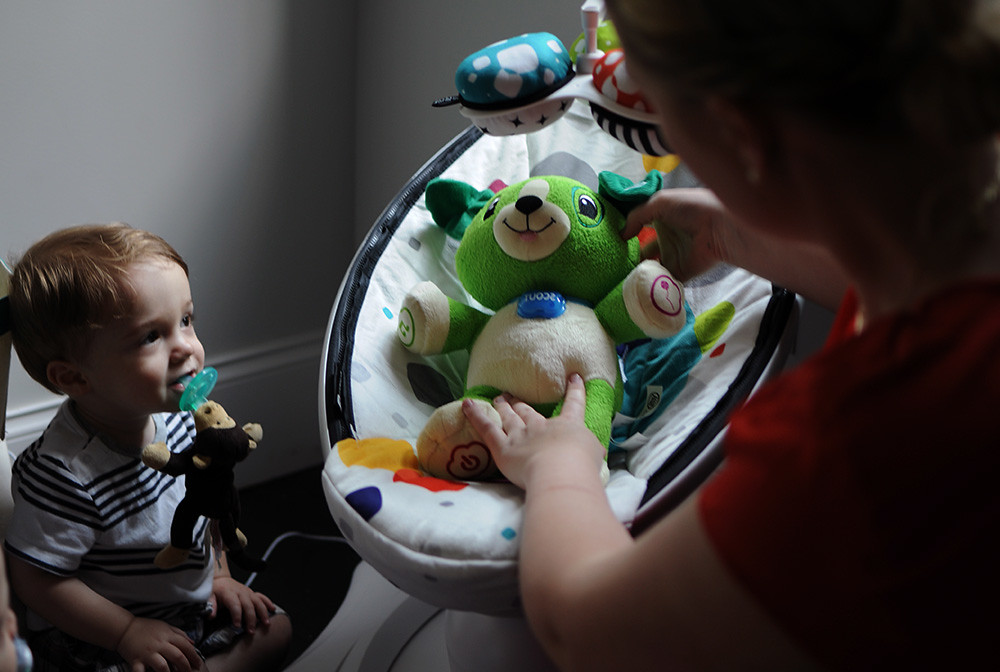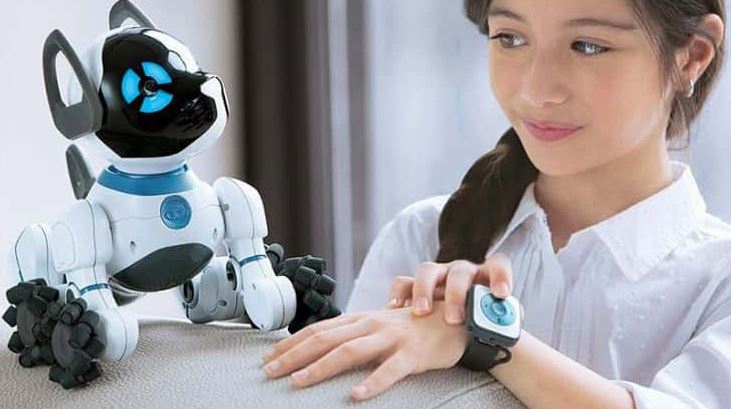The baby swing is a device that will become an essential piece of equipment for you and your baby once they are old enough to sit unassisted but too young to move about on their own safely. A baby swing makes it easy for parents to give their little one a safe, enclosed resting place. It’s a great way to soothe and entertain your baby at the same time. Some models of swings also include vibration, music, and other features that can help calm your fussy infant more quickly than normal if they need some serious winding down time.

These devices are not just limited to the home, either. Some daycares even incorporate them into their designs because they know how helpful they can be in ensuring the littlest guests get the rest they need while staying safe and secure. The following guide will introduce you to the different types of swings available today and highlight some of the pros and cons that come with each one.
Types of baby swings
Manual Swings
Manual swings are the most basic type of baby swing that is available. The good news is that they are also the least expensive kind of swing available, too. They are easy to use, require no batteries, and do not come with any additional features. While it can take a little bit of practice to get the right hang of using these, they are very safe, relatively simple devices that can be used very close to infants and toddlers of any age without causing harm.
One downside of a manual swing is that they are not as soothing as other models. Even though they do not come with any extra features, they have a gentle up and down motion that can help calm a fussy baby. Manual swings can also be a little loud and clunky when used, so parents may have to keep this in mind depending on where and when it is used.
Battery Operated Swings
Battery-powered swings are another type of baby swing that is available. They offer more features than manual swings but are not quite as simple to use. The good news is that they are also usually not very expensive and usually include a battery with the purchase.
Manual swings have a gentle up and down motion that can help calm a fussy baby, but battery-powered swings can go even slower, making them even more ideal for soothing a cranky infant. Manual swings are not always the quietest, but battery-powered models can be much quieter.
Co-Sitting Swings
Co-sitting swings are different from the first two because they are designed to be more of a no-frills option. There is no other vibrating, music playing, or even a gentle rocking motion; just a comfortable seat will allow your baby to sit upright and be more visible to others around them.
The idea behind these is that your infant can sit in it for a long time without getting bored or distressed. This makes it an ideal option for parents who want a safe place for their baby to rest but who also want them to have something to occupy their time with. Co-sitting swings are usually easy to use and are very safe. They are also usually quite affordable. Although they are less feature-packed than other models, they tend to be quieter and less likely to startle your baby.
Smart Baby Swings
Some swings are more modern than others. These are sometimes referred to as “smart baby swings.” These swings are usually battery-powered and can come with many features and benefits.
Many can even connect with your mobile device, so parents can use a dedicated app to control the swing’s speed, patterns, and sounds and even have the option to record their voice to soothe their baby. These swings can be a one-stop shop for parents who want to do as much as possible for their little ones in as few steps. Manual swings often do not come with extra features, but smart baby swings can offer various benefits, including vibration and music.
Things to look for if you want to use baby swings safely?
While baby swings are great but you must be sure to keep these safety tips in mind while using these devices:
- Don’t let your child rest in the swing – To ensure safe sleep and reduce the chance of SIDS, The American Academy of Paediatrics (AAP) advises that infants be laid on their backs. If your baby gets tired in her swing, transfer your child to her crib as quickly as possible (the same applies to the car seat or carrier).
- Don’t let her go unsupervised – Although these products offer you the chance to be hands-free for a moment, you must be attentive to your child when you’re in the swing.
- Reduce the length of your swings – Your child needs stimulation, play and exploration with plenty of belly time to build her muscles. Spending too much time in a bouncer or swing could cause your baby’s soft head to form flat spots.
- Little ones must be as reclining as they can – Baby swings generally come in a variety of settings. For babies younger than four months, you should set the swing in its most reclined setting, so they don’t fall over, which is an issue of suffocation.
- Be sure to use the swing correctly – Always be sure to adhere to the weight and height limitations on the label of the swing.
- Make sure you’re using the swing properly – Always follow the height and weight limits on the swing’s label.
Wrapping Up
No matter what type of swing you choose, you can rest assured that having a swing in your home will likely be one of the best investments you’ll ever make. From helping your fussy baby to settle down to entertaining your infant while you take a little break, these devices provide a lot of value for parents and their little ones.
With that said, swings are not the only way to calm your infant. Other methods, like rocking, nursing, and cradling, can also help. It is always best to try any of these before you reach for the swing. It is a good idea for children with colic to wait until they are six weeks old before introducing a swing.



